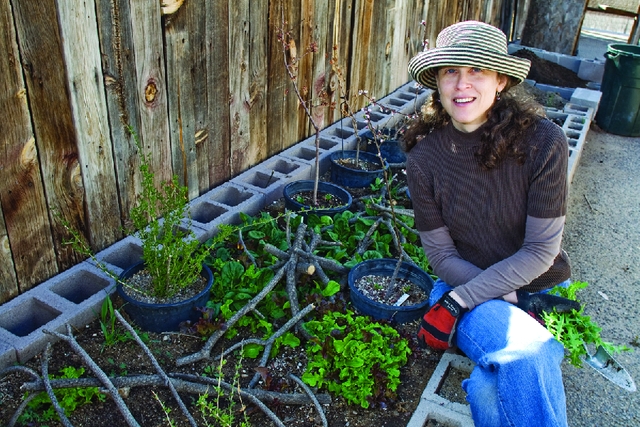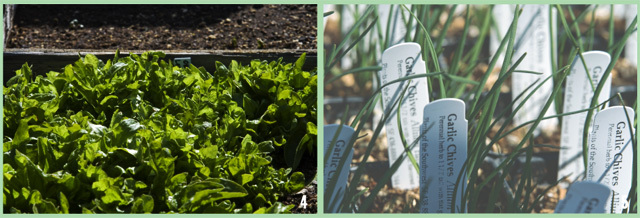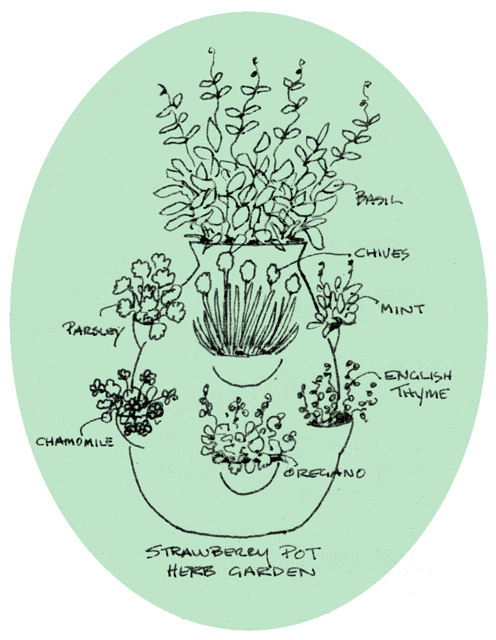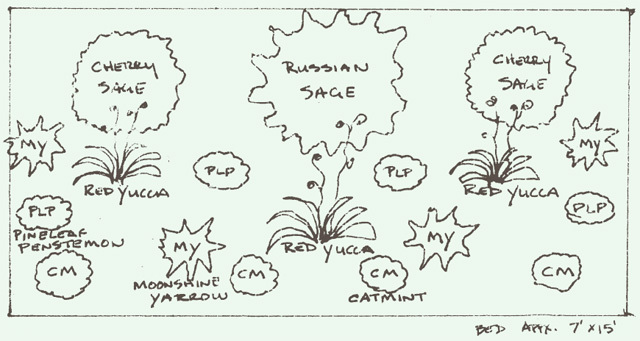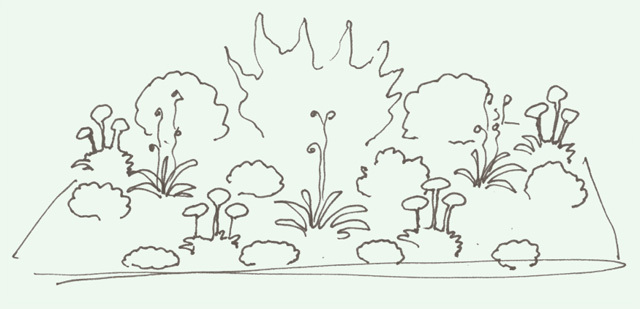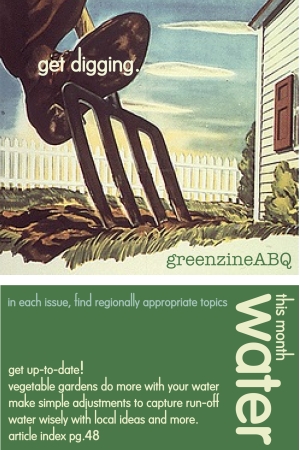Here Comes The Sun
How To Build A Garden
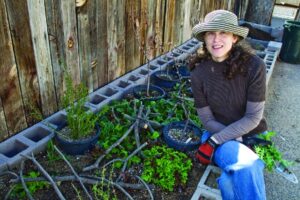 Christianna Kistler Cappelle, project coordinator, GardenersGuild
Eric Williams ericwphoto.com
Christianna Kistler Cappelle, project coordinator, GardenersGuild
Eric Williams ericwphoto.com
When To Plant
What To Plant
 From left to right: Parsley, desert penstemon, moonshine yarrow
Eric Williams ericwphoto.com
From left to right: Parsley, desert penstemon, moonshine yarrow
Eric Williams ericwphoto.com
 Lettuce (left), garlic chives
Eric Williams ericwphoto.com
Lettuce (left), garlic chives
Eric Williams ericwphoto.com
 From left to right: Cabbage, rosemary, garden sage
Eric Williams ericwphoto.com
From left to right: Cabbage, rosemary, garden sage
Eric Williams ericwphoto.com
For Sunny Landscapes
From tallest to shortest: Russian sage —With blue flowers all summer long, it can also spread to make little thickets. Red yucca— It blooms at the same time as Russian sage, with 3- to 5-foot-tall red flower spikes. Desert penstemon —Tall, brilliant, red tubular flowers that attract hummingbirds. Moonshine yarrow —Gray, feathery leaves are topped by yellow flower clusters that spike up to 2 feet. Catmint —This blue, ground-hugging flower complements taller plants and has been known to attract cats. Chocolate flower —Great for kids, these little yellow daisy-like flowers open in the morning and perfume the air with the scent of chocolate. Goldfinches love it, too.For Shady Landscapes
Coralberry —This pretty shrub has red berries that persist into winter. Snowberry —A great complement to coralberry, this shrub has bright white berries that also last into the winter. Golden columbine —Extravagant, 3-inch blooms burst from this variety. Wild geraniums —Lavender flowers cover this pretty plant in the spring.Edibles
Sun-Loving Vegetables: Tomatoes, chile, green beans, corn, potatoes, garlic, onions Part-Shade and Cool Season Vegetables : Spinach, lettuce, parsley, cabbage, cilantro Sun-Loving Herbs (for containers or landscape): Rosemary, garden sage, English thyme, chives, garlic chivesContainer Gardens
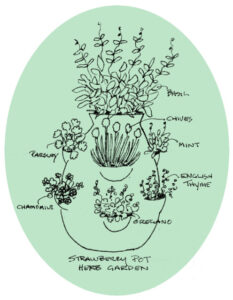
How To Plant
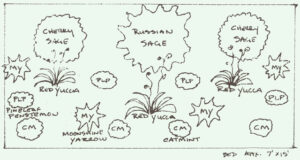 A sun-loving landscape design
Wes Brittenham
A sun-loving landscape design
Wes Brittenham
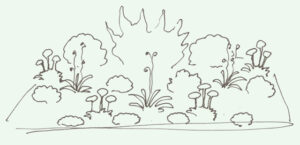 Height view
Wes Brittenham
Height view
Wes Brittenham
Maintenance
Resources



